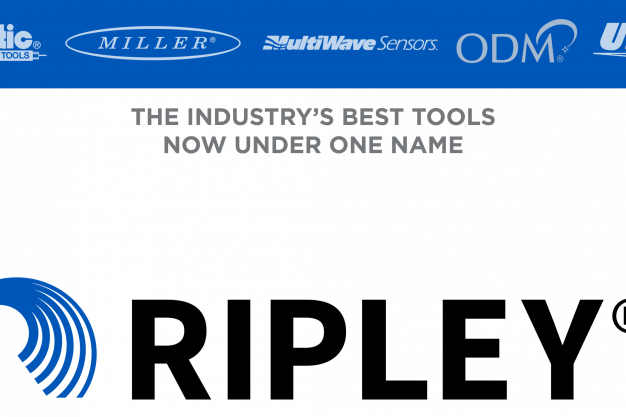
Ripley Tools unveils updated branding to reflect Ripley’s solutions leadership
24th January, 2024
Since 1936, Ripley Tools has been leading the way in the design and manufacture of equipment, tools and technology for power and
Onsite time is precious.
As any installer will testify, time is money when it comes to deploying personnel, kits, and materials in the field. It’s a temptation then perhaps to not test fiber cables – especially when installing from new, or if thought to be already ‘clean’…
Yet it’s a false economy according to technical fiber expert Stephan Searles, Business Manager at Miller (formerly ODM), part of the Hubbell Family:
“With more than 80% of all optic fiber network failures caused by dirty or damaged connectors, you cannot overestimate the importance of testing,” he says. “Dirt can so easily and inadvertently be transferred into systems, from people and the exterior environment. A quick, efficient test every time a connector is installed or moved pays dividends. Downtime costs money, risks relationships with providers, and ultimately causes angry end users.”
A QUICK FIX
Inspection scopes, as the name implies, are highly sensitive, portable testers that inspect the connector on a fiber optic cable. Debris, defects, scratches, chips, or fractures on the end face can cause failures and many larger communications providers therefore specify test inspections and reports as part of their closeout package.
So with time pressing, client payments pending, and such intricate connections at play, here’s Stephan’s five quick (literally!) features to look out for from an inspection scope:
TRAVEL LIGHT
Choosing an inspection scope that’s wi-fi enabled and can interface with a phone means less equipment to carry – no separate screens or devices to plug into. It also reduces the unit cost – always an important consideration – and means inspection reports can be quickly created and easily transmitted from your phone.
It also means that whether you’re left-handed, right-handed, or simply short-handed, you can use it… yep, one-handed! Look for scopes that offer connection flexibility to Windows, Android and iOS devices.
BE ADAPTABLE
There’s a lot of fiber cables out there, and new tech arriving daily. Inspection scopes come with many adaptor tips (manufacturers typically offer 20+) for different connector styles. Ensure that you do your research in advance before purchasing a scope to make certain it will have the adaptability for any connectors you run into in the field. Don’t waste time by having insufficient options or carrying extra equipment unnecessarily.
GET NOSEY
Dense patch panels incorporating heavily populated cables can be tricky to explore. A long narrow-nozzle scope will give extra reach and allow better access. The need to disassemble and repackage multiple cables for testing should be avoided at all costs – and time.
ONE CLICK SIMPLICITY
The ceramic ferrule encasing fiber optic cables can be quite small, making manual focussing a frustrating and, once again, time-consuming task. Look for auto-focus simplicity to save time, with a wide field of view to see those 1.25mm connections in full glory. While you’re at it, throw in auto-centering and auto-analysis – that one click functionality can deliver a pass/fail light indication (hopefully green) in a matter of seconds for the fastest possible inspection process.
WALK THE TALK
Trusting in a manufacturer that understands life at the sharp end of a scope is important. Understanding the onsite, and offsite, issues you face will drive often simple, but oh-so-valuable functionality into a product. Who’s moving with the times? Listening to feedback? Making your working life easier? Look for a manufacturer that puts solutions in the palm of your hand!
Wireless Inspection Scope